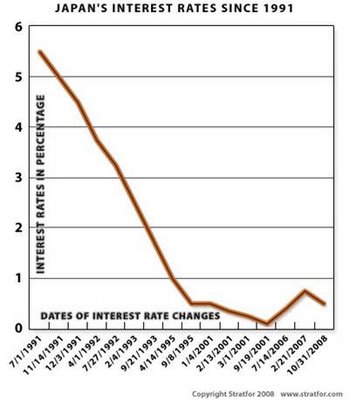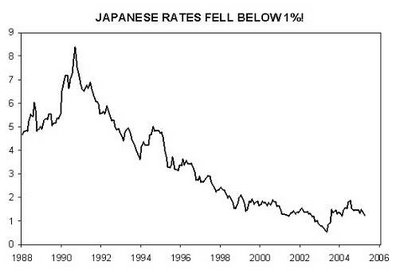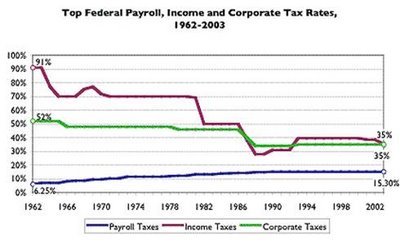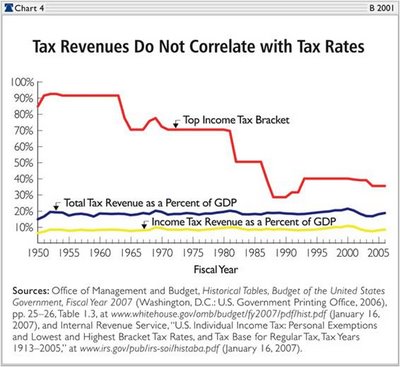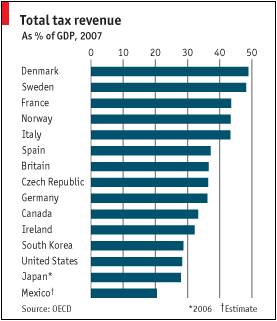The Bank for International Settlements (BIS) in its 79th Report makes several interesting points that are consistent with what has been argued on this blog. Echoing an argument made by William Black, the BIS notes that we must thoroughly analyze banks’ balance sheets in order to rebuild the financial system: “A major cause for concern is the limited progress in addressing the underlying problems in the financial sector . . . a precondition for a sustainable recovery is to force the banking system to take losses, dispose of non-performing assets, eliminate excess capacity and rebuid its capital base. These conditions are not being met. . . The banks must . . . adjust by becoming smaller, simpler and safer.”
The report also notes rightly that worries about “exit strategies” for current central banks’ policies are misplaced, because “even if central banks are not able to shrink their balance sheets, they can withdraw liquidity through repurchase operations or the issuance of central bank bills or by making it more attractive for banks to hold reserves.” As noted in previous posts by Scott Fullwiler and L. Randall Wray, there are straightforward means for a central bank to always meet its interest rate targets, and these strategies are not intrinsically inflationary.
The report also recognizes that “there must be a mechanism for holding securities issuers accountable for the quality of what they sell. This will mean that issuers bear increased responsibility for the risk assessment of their products.” The Report, however, does not go far enough in recognizing that some products should be banned even if used by “sophisticated” financial institutions. Not all financial innovations are a desirable sign of progress. This is especially so if they promote Ponzi finance, which should be a central criterion to judge the safety of a financial product and an institutional organization.
A final interesting point is the acknowledgement that price stability and economic growth are not guaranteed by fine-tuning policies, and that there is a need to manage financial stability. Indeed, the crisis has shown that price stability does not guarantee financial stability and that, contrary to what most economists believed until very recently (and some still believe), the fine-tuning of inflation by interest rates is of limited effectiveness. “The crisis has confirmed that the monetary and fiscal policy framework that delivered the Great Moderation cannot be relied upon to stabilize prices and real growth forever . . . policymakers must be given an explicit financial stability mandate and that they will need additional tools to carry it out.”
However, the way financial stability should be promoted is highly contentious. Most economists argue that the causes of financial instability are imperfections of markets (asymmetry of information, mispricing, etc.) or of individuals (lack of financial education, irrationality, etc.). Hyman Minsky provided a very different explanation of financial instability that did not rely on imperfections and bubbles but on the intrinsic mechanisms of market economies over a long period of economic growth. According to Minsky, over periods of long-term expansion, economic growth and the maintenance of competitiveness require the growing use of Ponzi finance. As a consequence, not only illegal and fraudulent activities, but also legal economic activities become financially fragile. He advocated policies that strongly discourage the use of Ponzi practices (e.g., tax incentives) and/or an outright elimination of legal and illegal Ponzi processes, no matter how necessary they may seem to be for the (short-term) improvement of standards of living and competitiveness. This, rather than improvements of risk-management techniques or improvements in the management of asset prices (detection and pricking of bubbles), would help to prevent financial instability. That would require a much more flexible regulatory system that includes all financial institutions and products, without any exception, and that constantly monitors innovations (i.e. new ways of using existing products or new products) to prevent the emergence of Ponzi processes.



